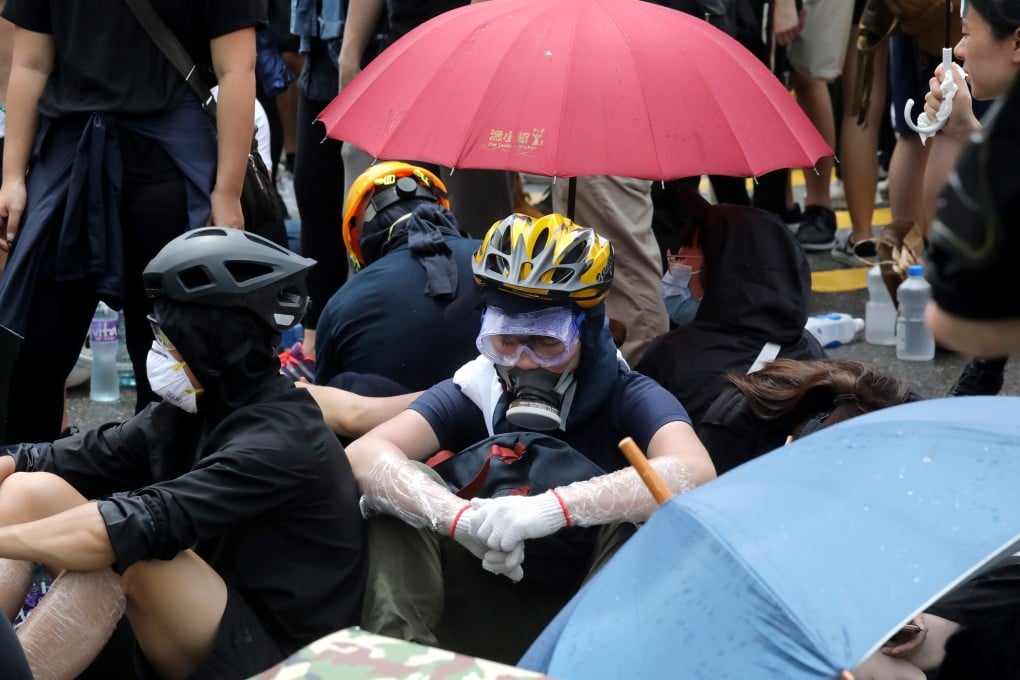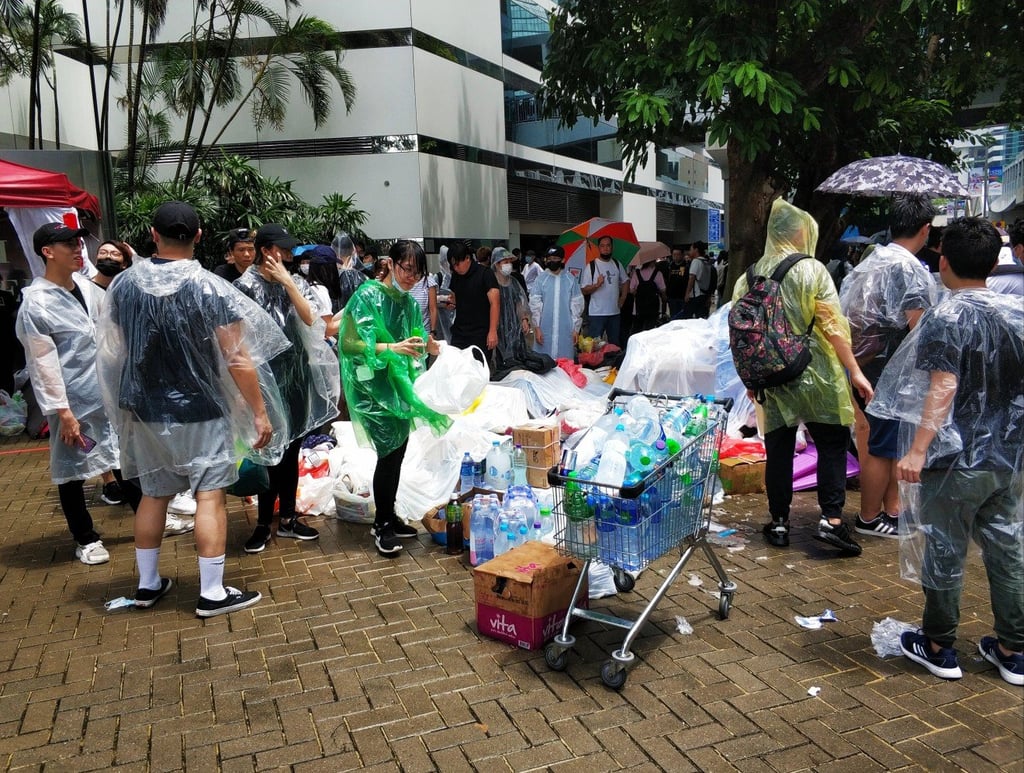Advertisement
How technology fuels Hong Kong's protesters
People are using encrypted chat apps and ditching transportation cards to avoid detection, with anti-extradition protests streamed on gaming site Twitch
Reading Time:3 minutes
Why you can trust SCMP

The first group of protesters rushed the main road shortly before 8am.
Within minutes, messages started popping up on people’s phones sharing information about the location of police officers and instructions on where protesters needed reinforcements.
As thousands of demonstrators stormed major routes in the heart of Hong Kong Wednesday morning, messaging apps like Telegram, WhatsApp and Signal became key tools for ralliers to organize their effort.
Advertisement
High school students used encrypted messages to exchange details on how to organize campus strikes. On the ground, protesters circulated pleas in Telegram groups for additional supplies such as riot gear and first aid kits. Some of these groups have tens of thousands of members.

Advertisement
This fresh show of defiance came after the government refused calls to shelve a controversial bill that would allow Beijing to extradite fugitives in Hong Kong. Officials say the law is designed to plug loopholes, but critics fear it would enable China to target political dissidents. A historic rally on Sunday drew more than a million protesters, according to organizers.
Advertisement
Select Voice
Choose your listening speed
Get through articles 2x faster
1.25x
250 WPM
Slow
Average
Fast
1.25x